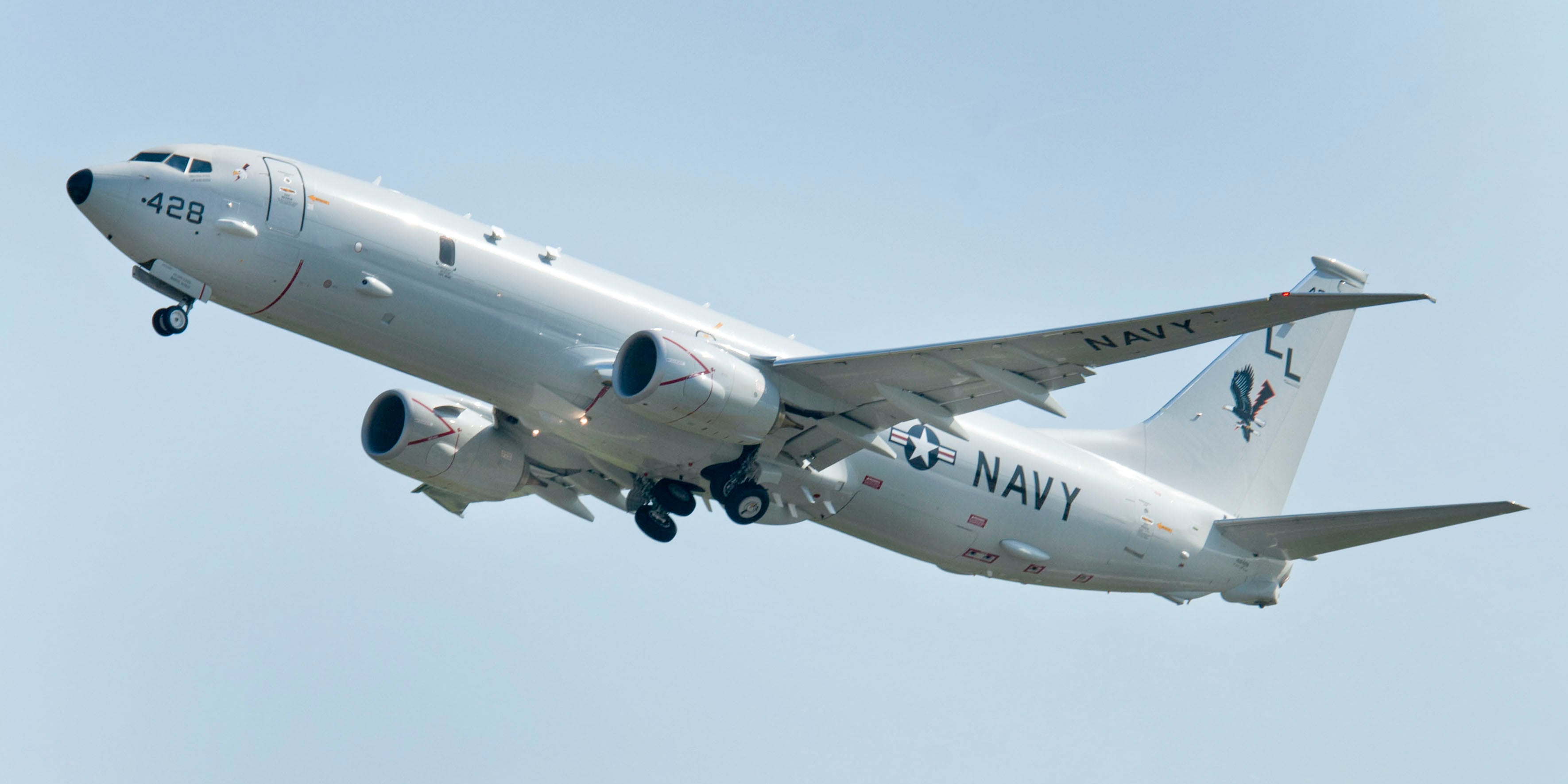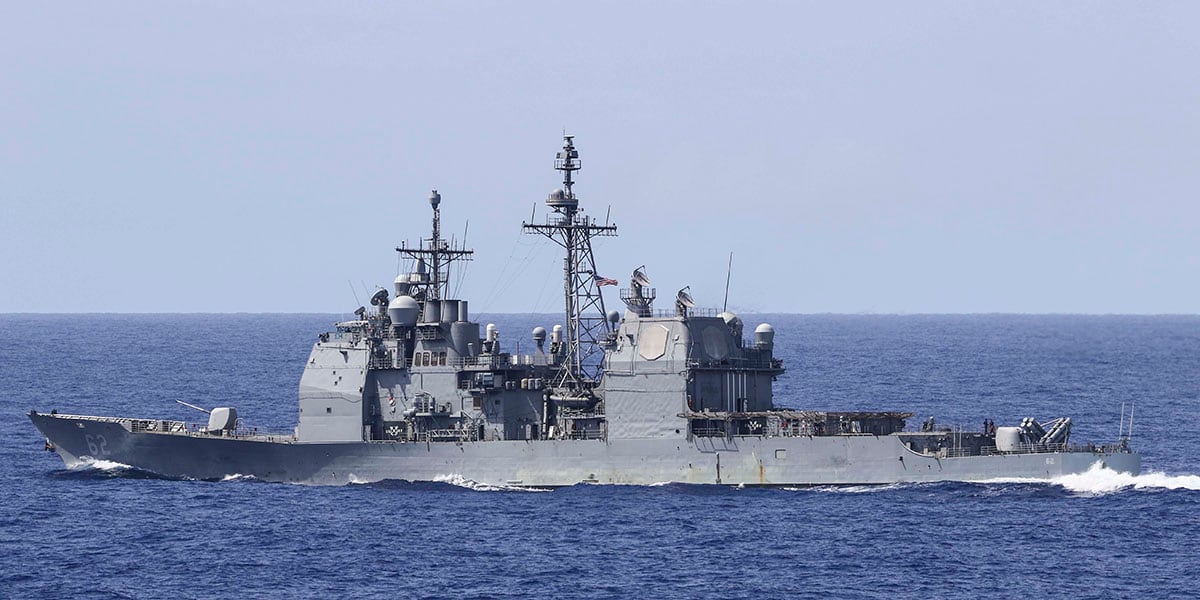American and Russian officials blamed each other for a near collision of two warships on Friday.
“At roughly 11:45 local time, the guided-missile cruiser Chancellorsville and the Russian anti-submarine destroyer Admiral Vinogradov crossed paths in the Philippine Sea,” Cmdr. Clay Doss, spokesman for the U.S. 7th Fleet in Japan, told Navy Times by phone.
Doss said the American warship was recovering its helicopter and maintaining “a steady course and speed” when the Udaloy-class destroyer Admiral Vinogradov moved from “behind and to the right” of the U.S. vessel and “accelerated and closed to an unsafe distance of 50 to 100 feet."
Doss said the Russian maneuver forced the Chancellorsville to “execute all engines back full and to maneuver to avoid collision.”
“We consider Russia’s actions during this interaction as unsafe and unprofessional, certainly not in accordance with the International Regulations for Preventing Collisions at Sea,” he said.
RELATED

That’s not the way Moscow portrayed the incident, which Russian officials said occurred in the East China Sea.
Quoting the Russian Pacific Fleet’s news service, Tass alleged that the near-collision happened when a U.S. carrier strike group and a Russian “task force” were "heading in parallel directions.
Moscow’s account claims the “Chancellorsville suddenly changed its course and crossed the Admiral Vinogradov destroyer’s course some 50 meters away from the ship," which was “forced to conduct an emergency maneuver.”
The Russian Pacific Fleet had “voiced a protest to the US vessel’s command, stressing that such steps are unacceptable,” according to Tass.

Doss would only say that the Russian account was “not true” and that the U.S. crew was "safe and operating in accordance with the rules of the road and it was their maneuvers that forced us to take action to avoid collision.”
Doss said the U.S. presence in the area came as part of “routine operations” and the Chancellorsville’s interaction with the Russian vessel was “strictly a ship to ship” encounter.
While Doss agreed it was “fair to say” the cruiser was operating as part of the Ronald Reagan Carrier Strike Group, there was no indication that either warship was close to other vessels at the time of the incident.
It’s the second reportedly unsafe incident involving Russian and American forces in the past week.
On Tuesday, 6th Fleet officials accused a Russian fighter jet of dangerously buzzing a U.S. Navy patrol plane while both flew in international airspace above the Mediterranean Sea.
Mark D. Faram is a former reporter for Navy Times. He was a senior writer covering personnel, cultural and historical issues. A nine-year active duty Navy veteran, Faram served from 1978 to 1987 as a Navy Diver and photographer.




